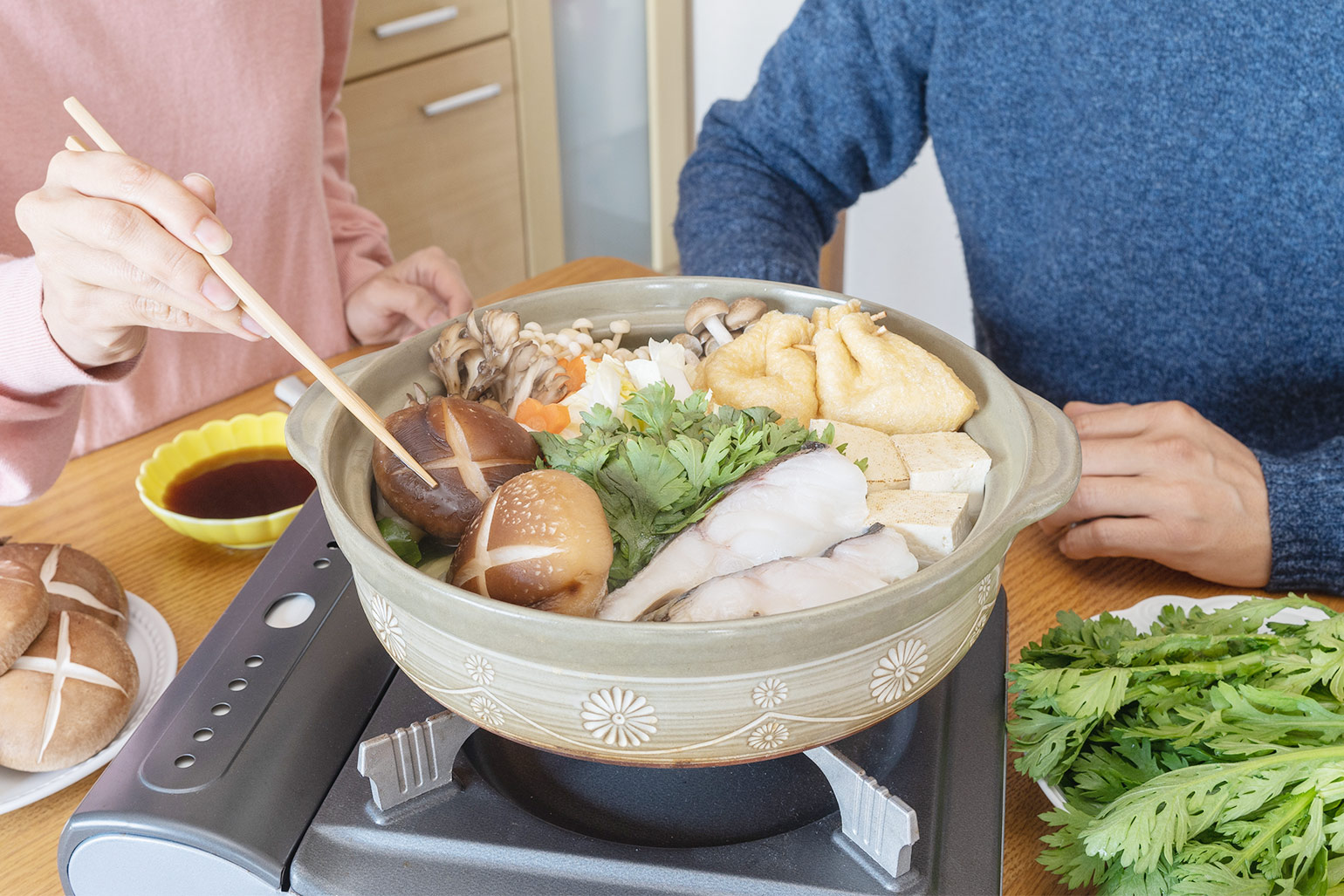The most popular Japanese dish in winter is O-Nabe (hot pot cuisine). There are many specialty stores, and recently it has become possible to purchase cooking sets that come complete with seasonings and ingredients, so if you live in Japan, you can enjoy it at home. In this article, we will briefly introduce some typical O-Nabe dishes that we hope you will enjoy.
Yose-nabe
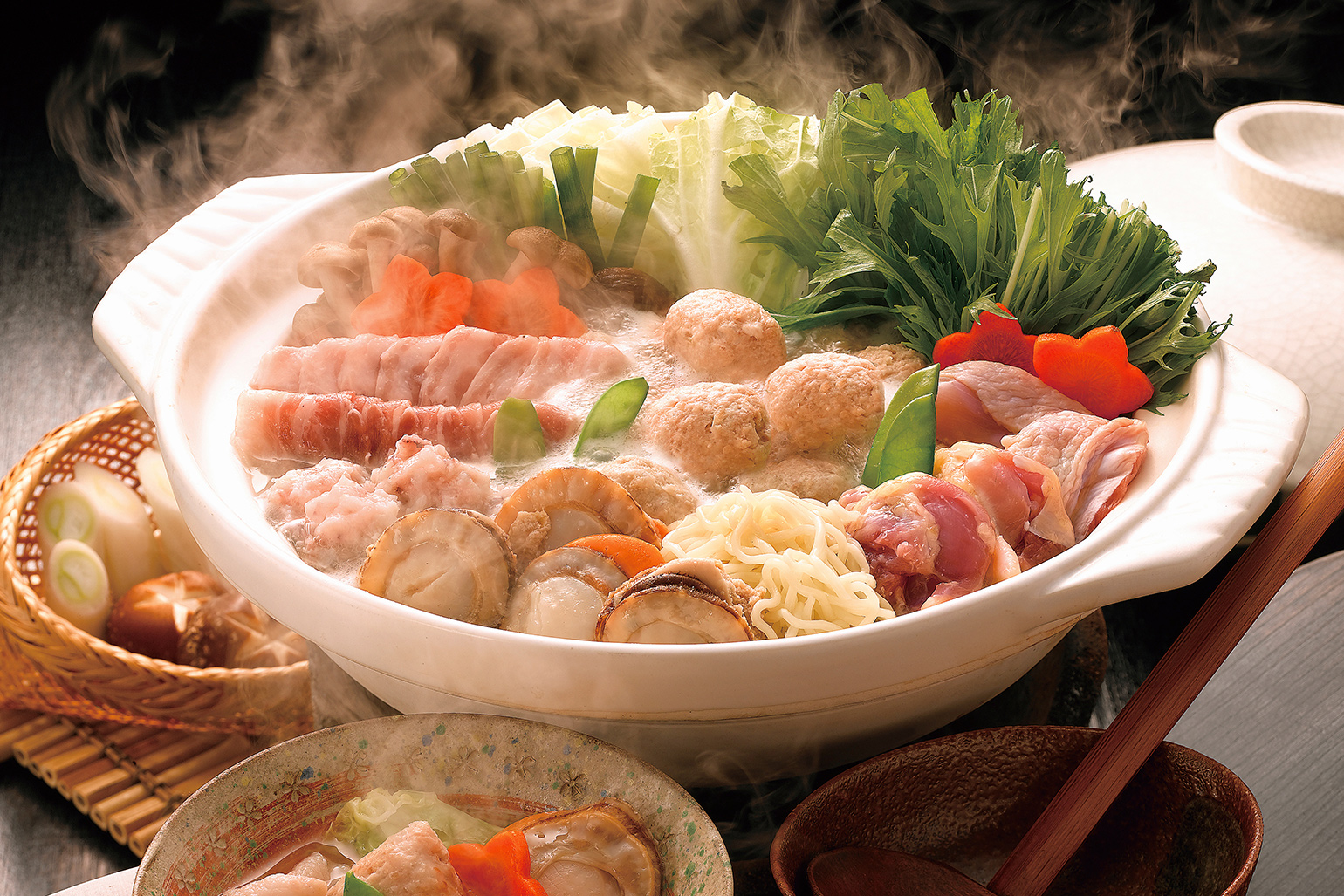
It is one of the most common Japanese nabe dishes. The broth and ingredients are very varied by season and by region.
Ingredients:
Vegetables, tofu (including tofu products), meat / seafood (including their processed products), etc. Basically, anything you like.
Soup:
Based on soup stock from bonito, kelp, mushrooms, shellfish, etc., seasoned with salt, soy sauce, sake, miso, etc. to taste.
Oden
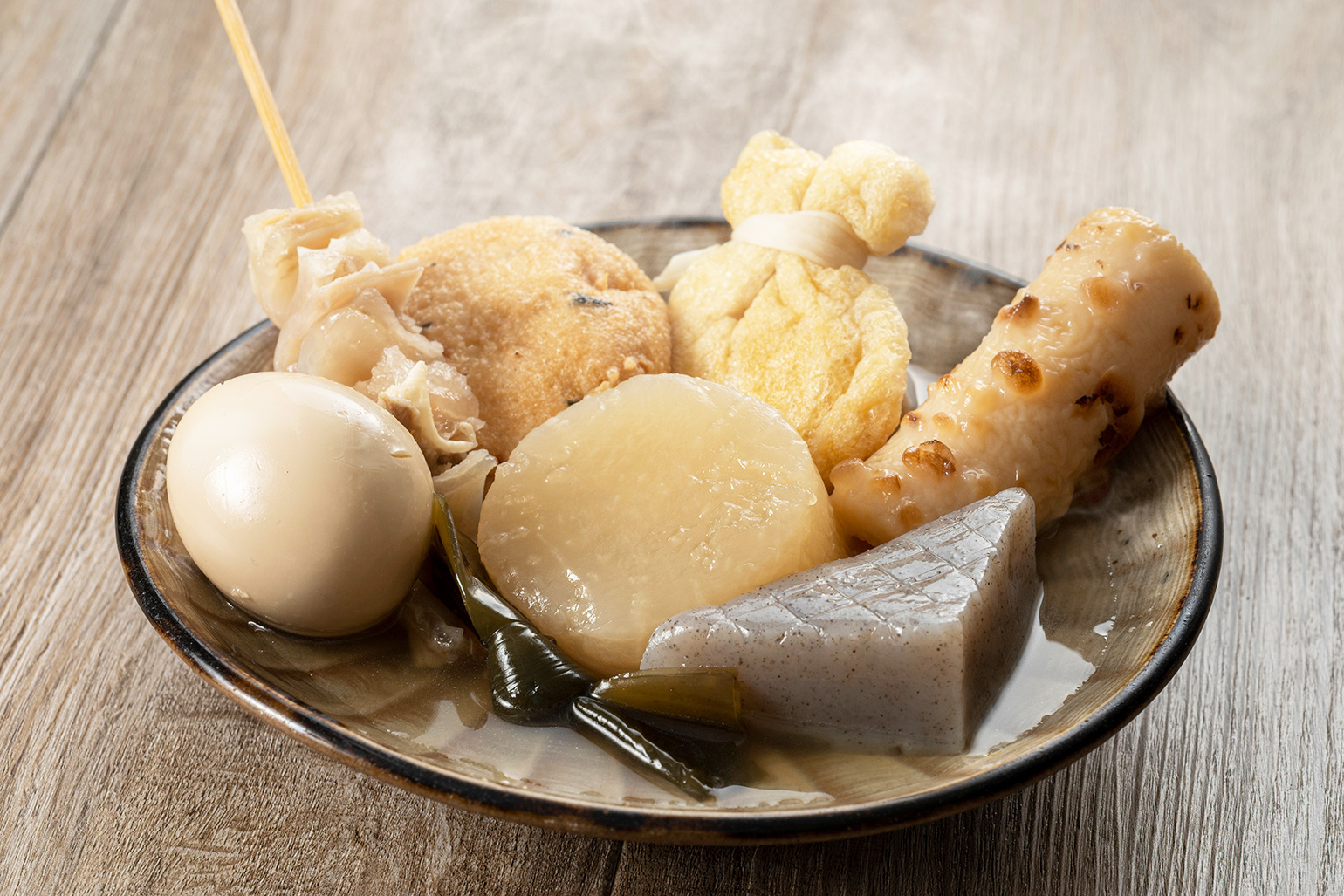
According to one theory, oden was a kind of stewed dish called “dengaku” which is a kind of skewered and grilled dish. Eventually, after the Edo period (1603-1867), processed soybean products such as fish paste (surimi) and thick fried bean curd were added as ingredients, and the dish developed into a nabe dish. It is also readily available as a snack at convenience stores during the winter months.
Ingredients:
Paste (surimi) such as hanpen, satsuma-age, chikuwa, etc., and tofu products such as thick fried bean curd and ganmodoki, etc. are used. Daikon radish, konnyaku, boiled egg, etc. are also used.
Soup:
Bonito and kelp are generally used. Miso (soybean paste) is also used in some regions.
Shabu-shabu
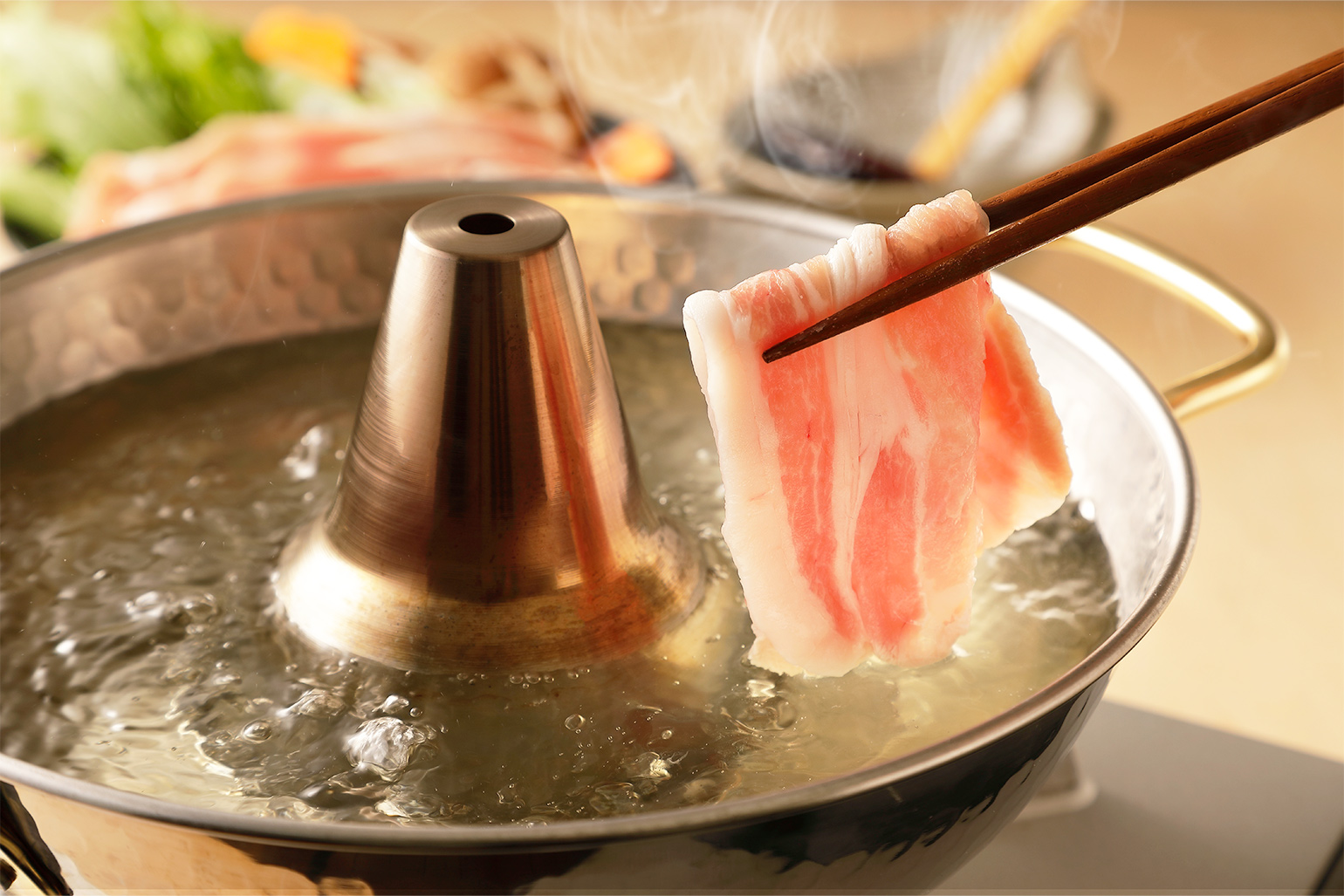
One of the nabe dishes in which thinly sliced ingredients are cooked and eaten by dipping them into hot soup stock or boiling water. After cooking, it is served with ponzu, sesame sauce, or other special sauce. It was originally a way of eating Mizutaki Nabe of beef, and became widely known to the public around 1950. It was around this time that the onomatopoeia describing the cooking process was used as the name of the dish, “shabu-shabu”.
Ingredients:
Beef, pork, chicken, and seafood such as yellowtail, sea bream, and crab. Vegetables such as Hakusai, Syungiku (garland chrysanthemum), and green onions.
Soup:
Bonito and kelp are generally used. In recent years, variations such as Western-style (consommé, etc.), Chinese, and Korean-style soups also have been increasing.
Sukiyaki
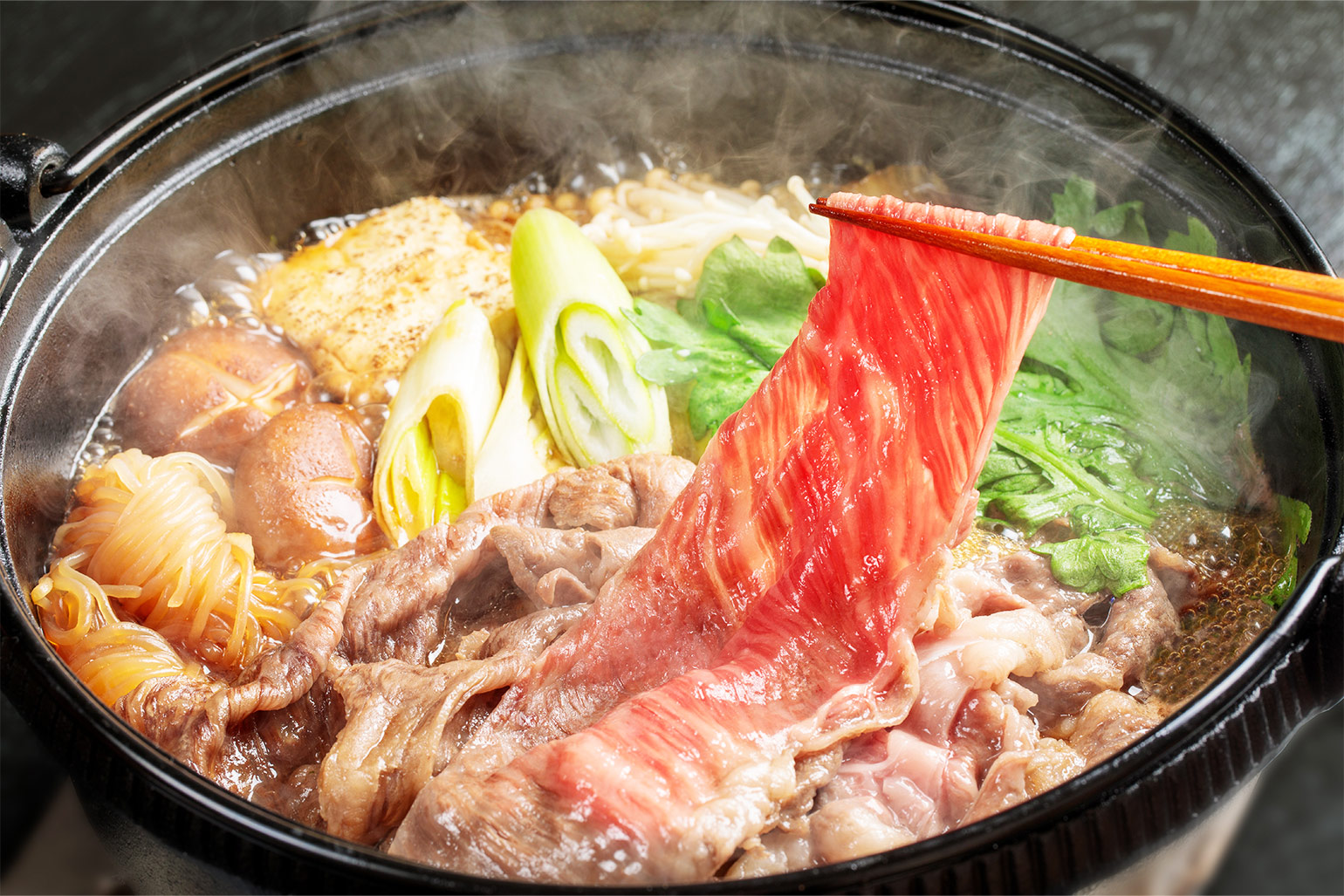
Beef is the main ingredient in this one-pot dish, which is simmered with vegetables in a sweet and spicy sauce made of soy sauce, sugar, sake, and mirin. It is also characterized by the raw egg that is beaten and dipped in it before eating. Compared to other nabe dishes, it has less soup and is usually cooked by stir-frying with more sauce. Although there are various theories as to its origin, the “sukiyaki” as it is commonly known today is said to have originated from a beef hot pot dish created in the late Edo period.
Ingredients:
Basically, beef is used, but pork or chicken may also be used. Naganegi (green onion), hakusai, shungiku, shiitake mushrooms, shirataki (konnyaku), tofu, fu, and others.
Soup:
A combination of soy sauce, sugar, sake, and mirin (called warishita) and water from the ingredients are used to simmer the soup.
Yudofu
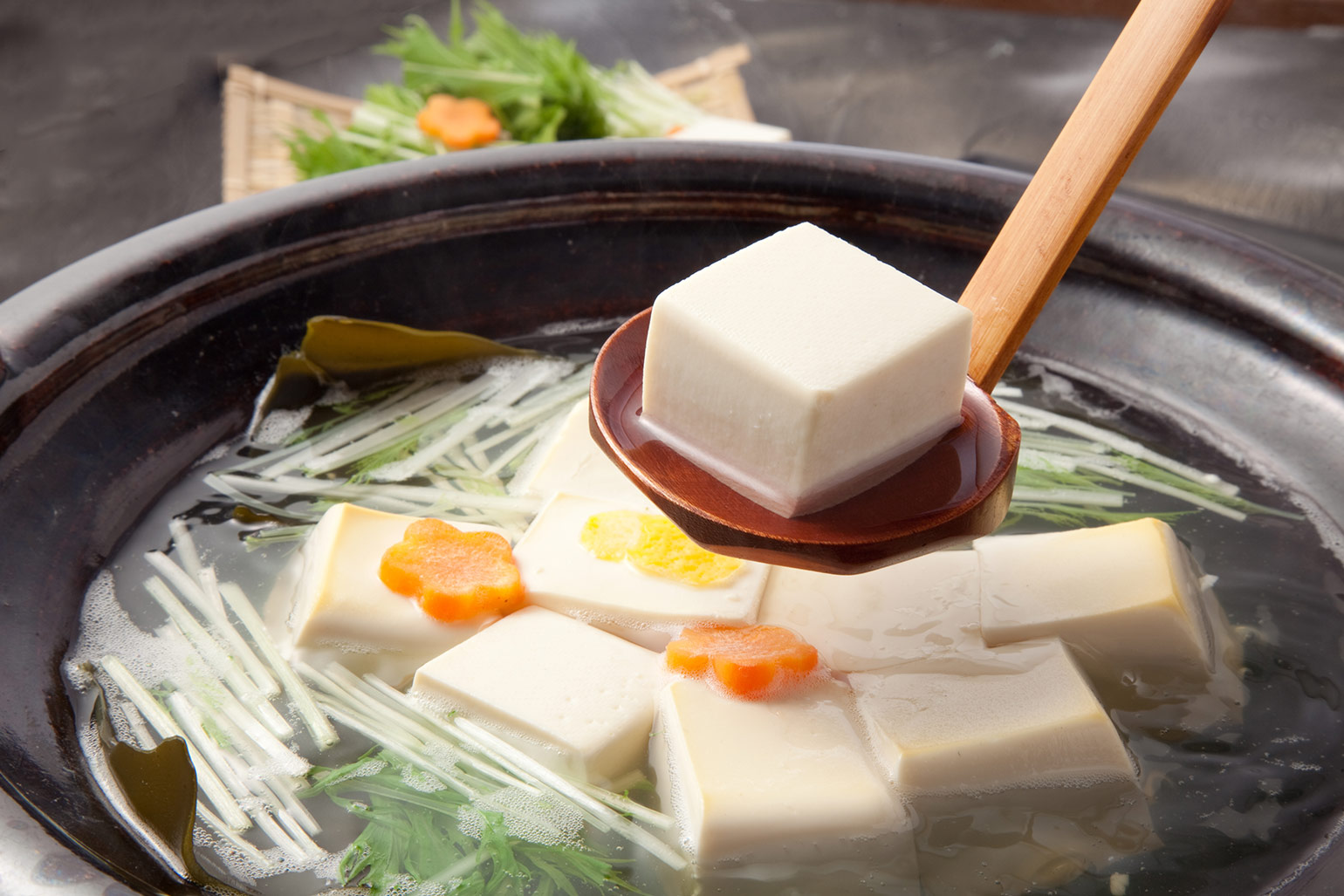
As the name suggests, yudofu is a one-pot dish of tofu boiled in hot water and served with soy sauce, ponzu (Japanese citrus juice), and condiments such as green onion, yuzu, grated radish, and dried bonito flakes. It is said to have originated in Kyoto.
Ingredients:
Tofu.
Soup:
Mainly kelp broth.
Chanko-nabe
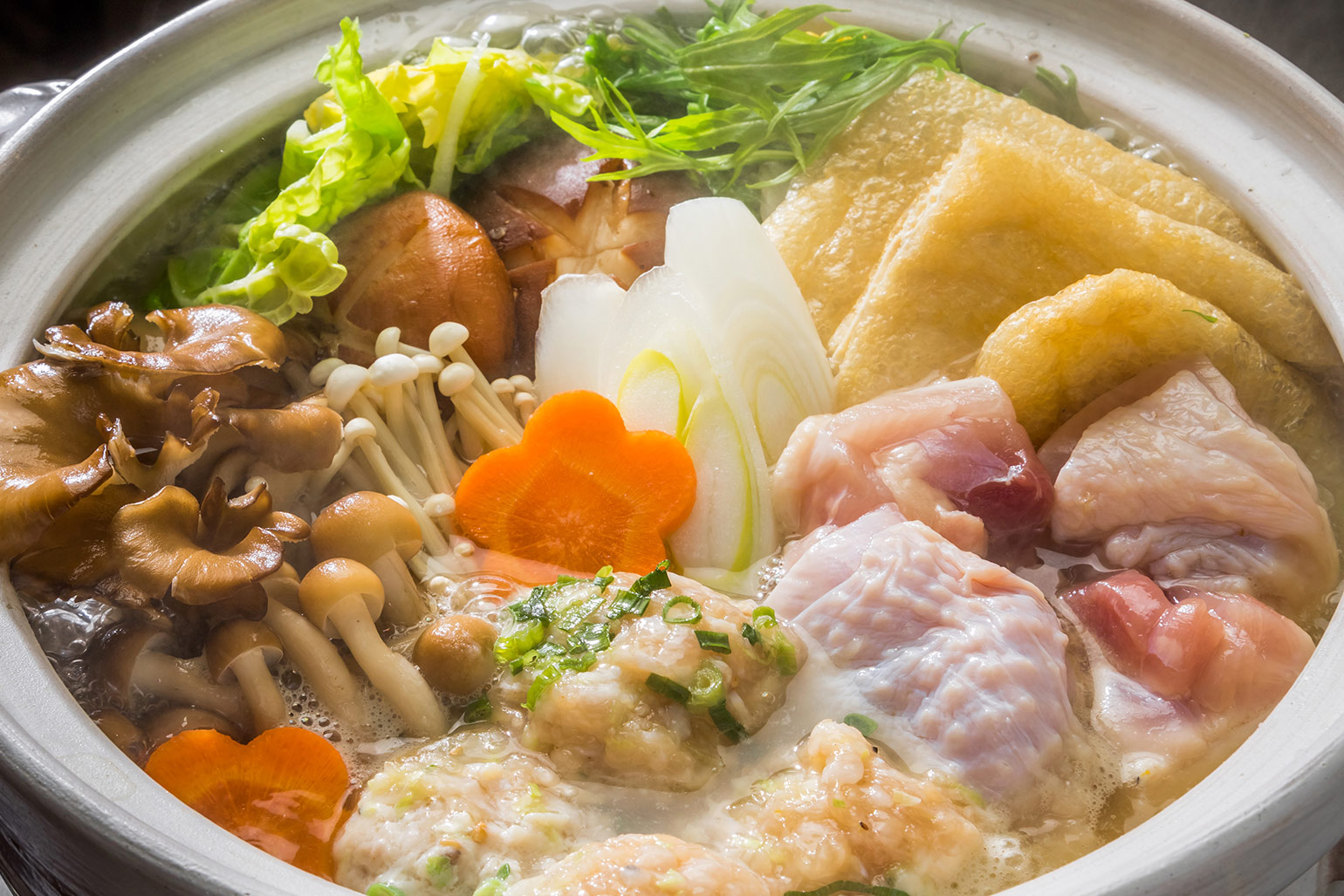
Chanko-nabe is the general term for the nabe dishes that are eaten as a daily meal in sumo rooms. Therefore, there are many variations. The most commonly known chanko-nabe is roughly similar to yose-nabe and mizutaki.
Mizutaki
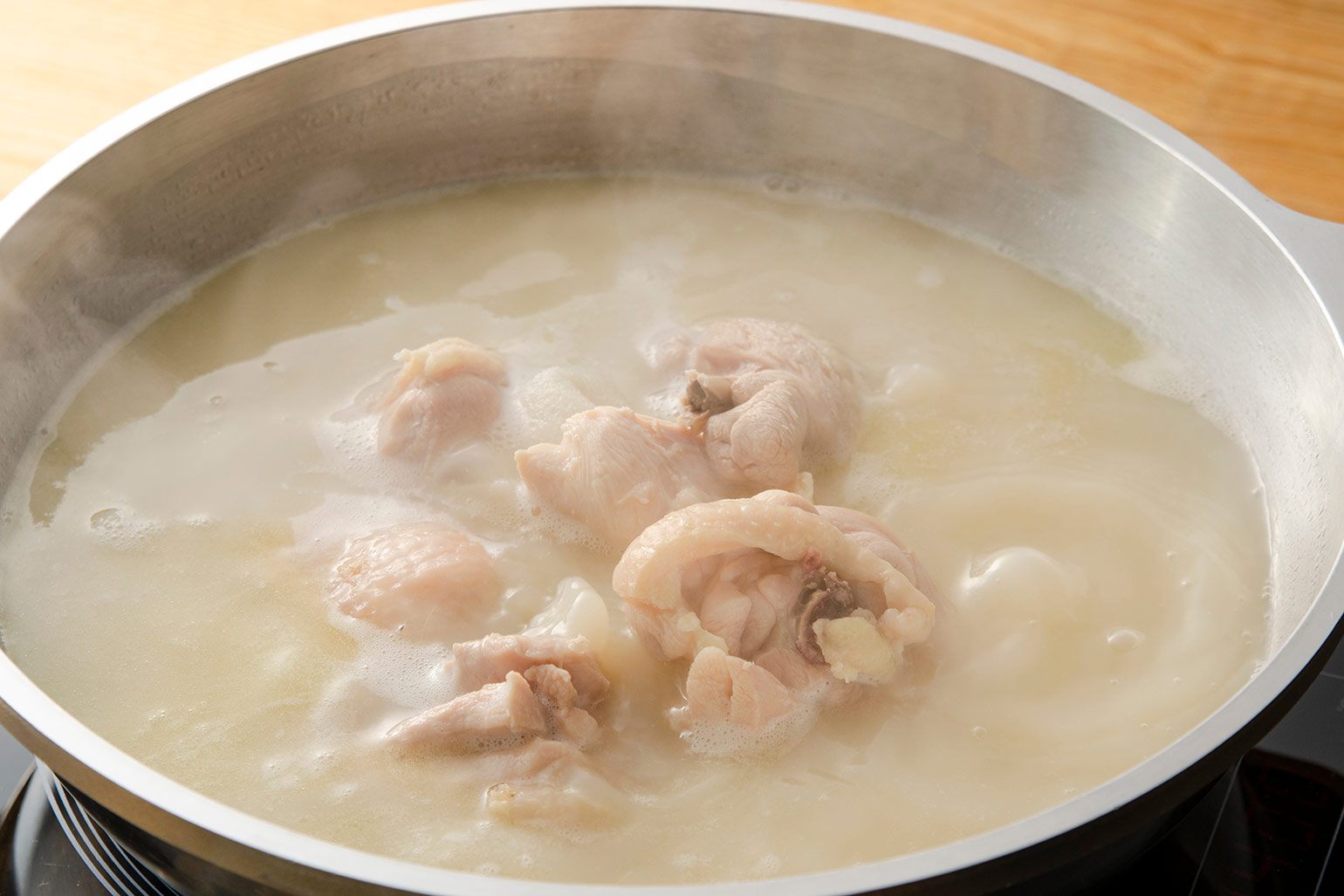
A nabe dish that originated in western Japan (Kansai region and Kitakyushu region). The difference from Yose-nabe is that the ingredients are basically cooked in water (hot water) without seasonings. In some cases, however, a soup stock made in advance is used.
Ingredients:
Roughly the same as Yose-nabe, any ingredients can be used.
Soup:
Basically the broth from the ingredients used.
Chiri-nabe
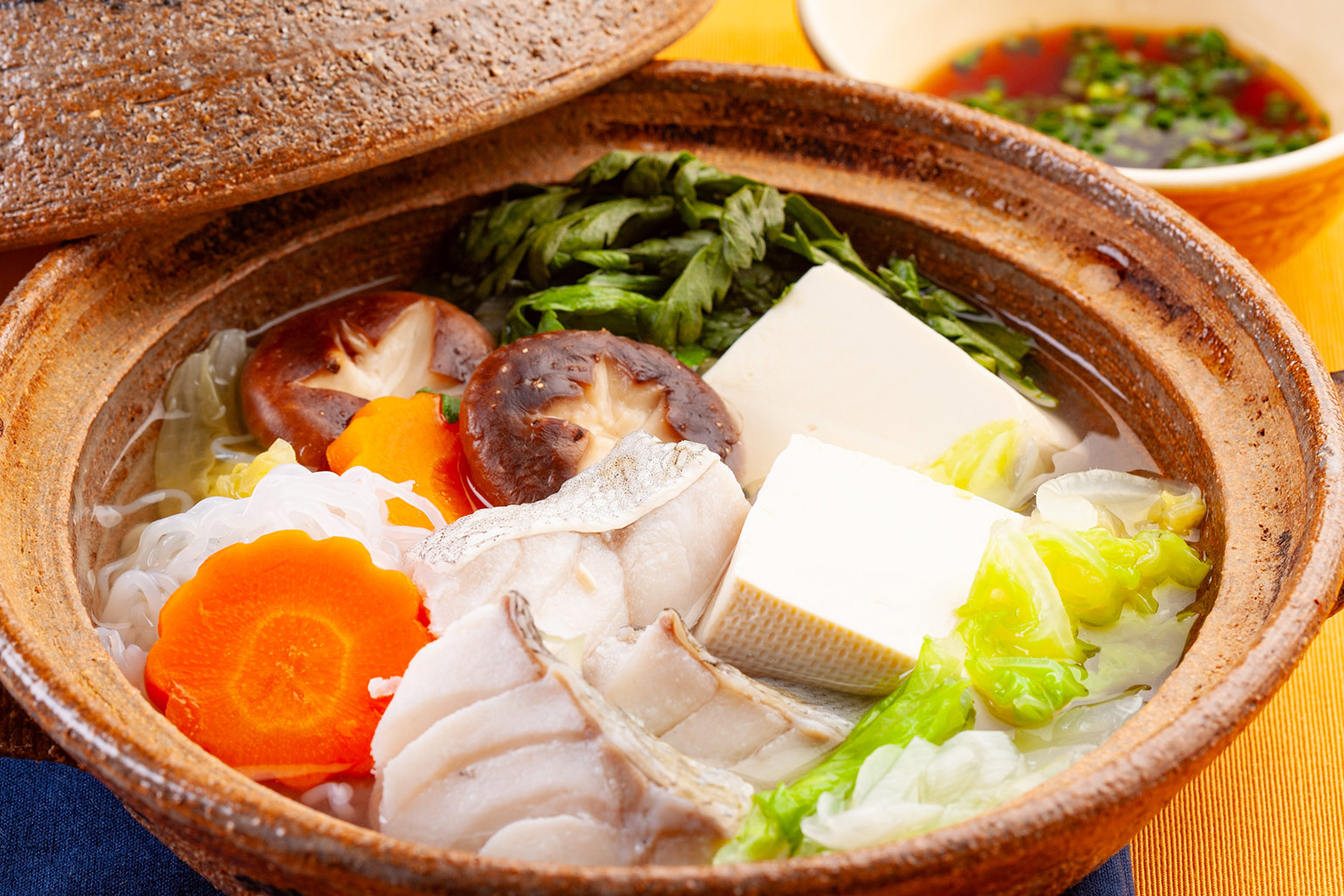
A kind of mizutaki, a one-pot dish in which white fish fillets are simmered with vegetables and tofu. The broth is not added any seasoning, and the cooked ingredients are served with sauce such as ponzu and condiments.
Ingredients:
Cod, sea bream, puffer fish, kue, etc.
Soup:
Basically soup stock from the ingredients used.
Motsu-nabe
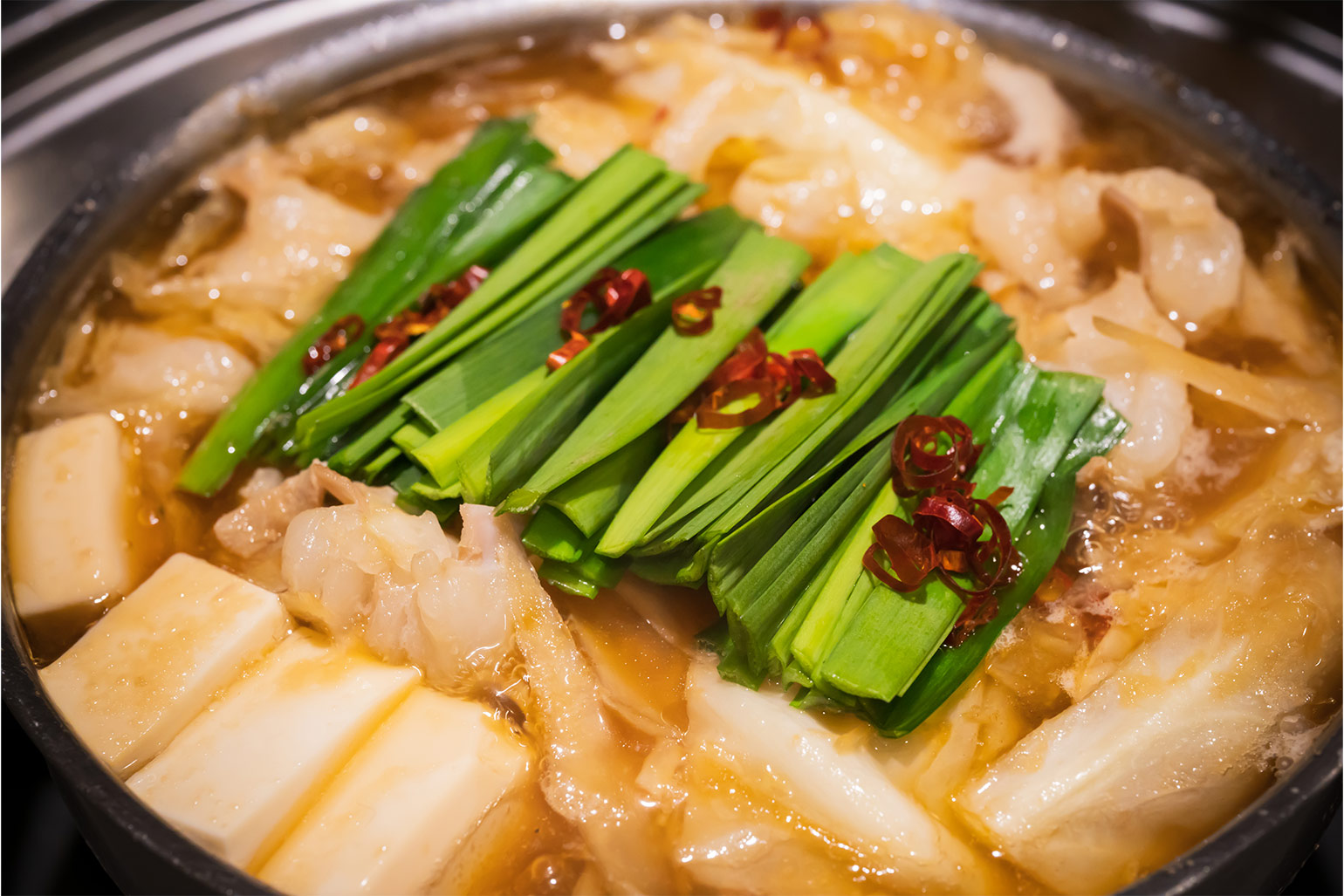
Motsu-nabe is a nabe dish with beef or pork hormone meat as the main ingredient. It is said to have originated in Hakata, Fukuoka Prefecture, and is one of the local dishes of the region.
Ingredients:
Beef or pork hormone, Chinese chives, cabbage, garlic, etc.
Soup:
Generally, soup stock made from bonito, kelp, chicken bones, etc., and seasoned with soy sauce or miso.
Ishikari-nabe
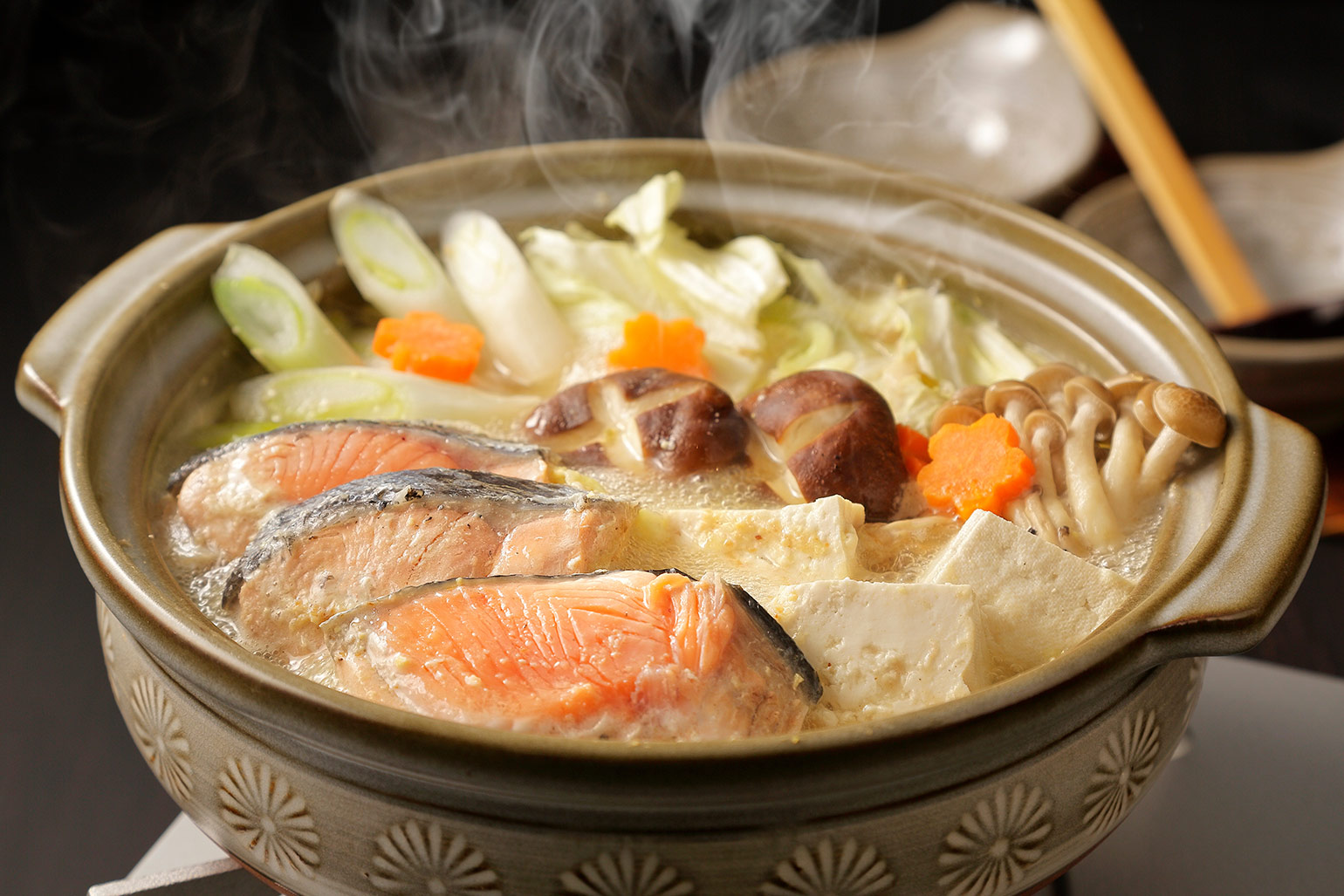
It is one of the local dishes of the Hokkaido region, using salmon as the main ingredient in a miso broth. It seems that the nabe dish as we know it today was created around the middle of the Meiji period (1868-1912), when Hokkaido was being pioneered. Originally, the Ainu people in Hokkaido had a food culture that included salmon soup (ohau), and one theory is that the dish was created as a miso-flavored nabe dish based on this culture.
Ingredients:
Salmon (unlike Sanpei-jiru, which uses salted salmon, fresh salmon is used in this soup). Daikon radish, carrots, green onions, and other Western vegetables such as onions, potato and cabbage are also often used.
Soup:
A soup based on soup stock from salmon and other vegetables, seasoned with miso. Sometimes, sake lees, milk, butter, etc. may also be added.
Kiritanpo-nabe
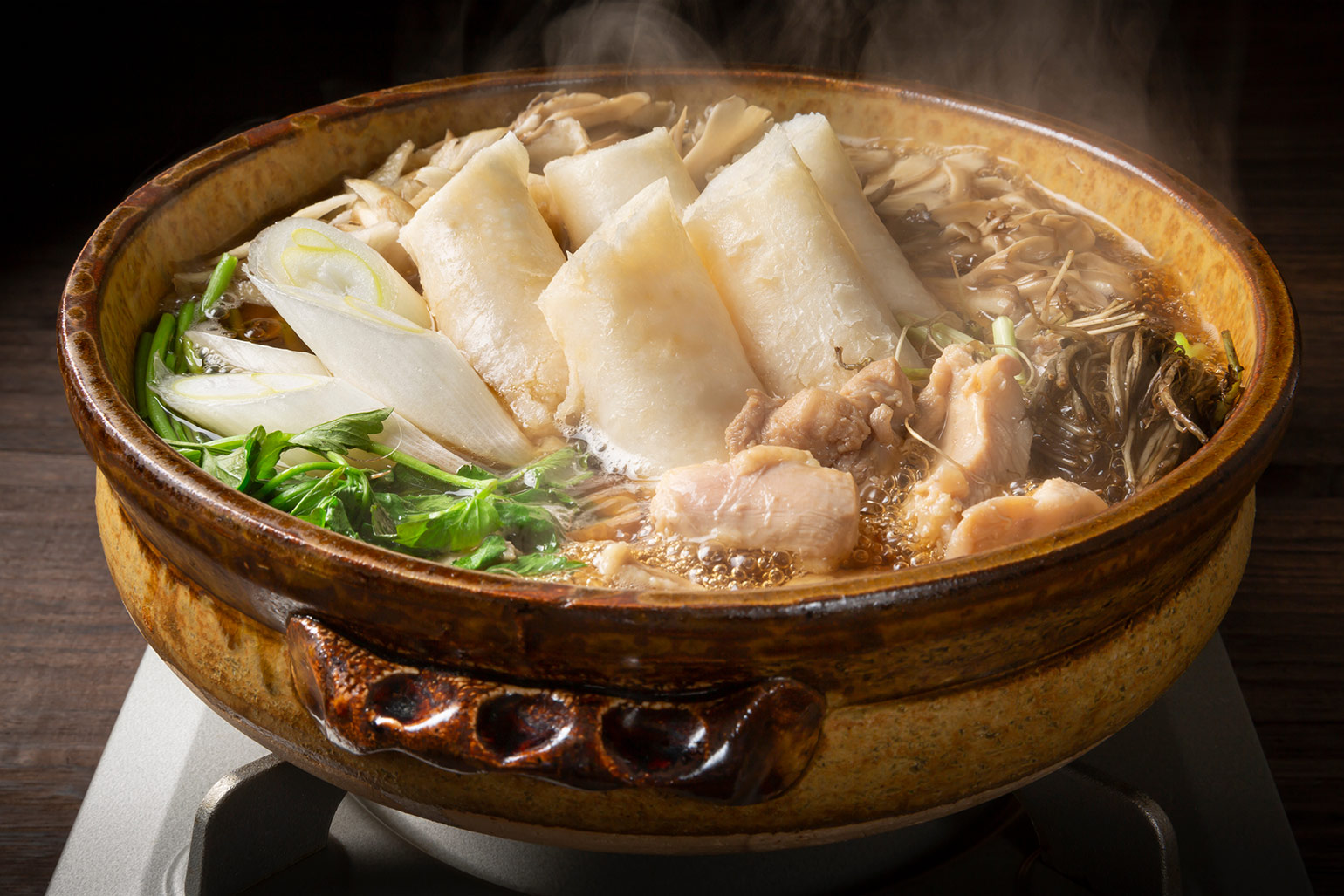
“Kiritanpo” is one of the representative local dishes of Akita Prefecture, made from crushed Uruchi rice that has been hardened into a stick shape and baked. Kiritanpo nabe is a one-pot dish in which kiritanpo are stewed in a chicken broth made from Hinai Jidori chicken.
Ingredients:
Chicken (especially Hinai Jidori chicken), burdock, shimeji and maitake mushrooms, green onions, Japanese parsley, etc.
Soup:
Chicken stock base, soy sauce, sake, and sugar (or mirin).
Anglerfish-nabe
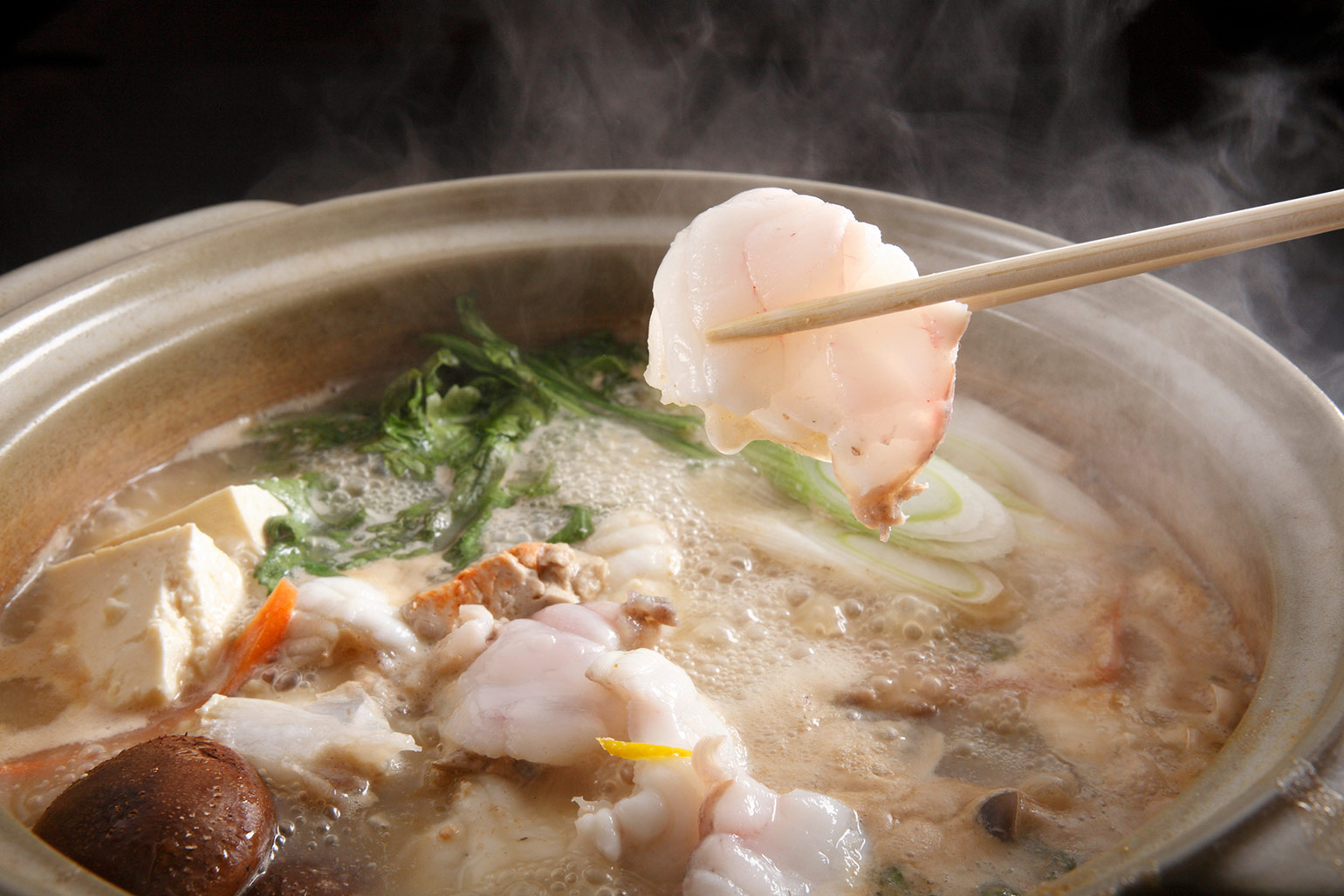
A one-pot dish using anglerfish as the main ingredient. Ibaraki Prefecture is well known for dishes using anglerfish, such as Anglerfish nabe and Dobujiru. The cooking method was developed in the middle of the Edo period (1603-1867), and it seems to have been a popular dish from that time.
Ingredients:
Each part of anglerfish (female). Vegetables: mizuna, shiitake mushrooms, etc., and other ingredients similar to those used in yose-nabe or mizutaki.
Soup:
Sake, mirin, ginger, miso or soy sauce, etc. are used to flavor the broth, as the broth from the anglerfish meat is sufficient.
Kimuchi-nabe
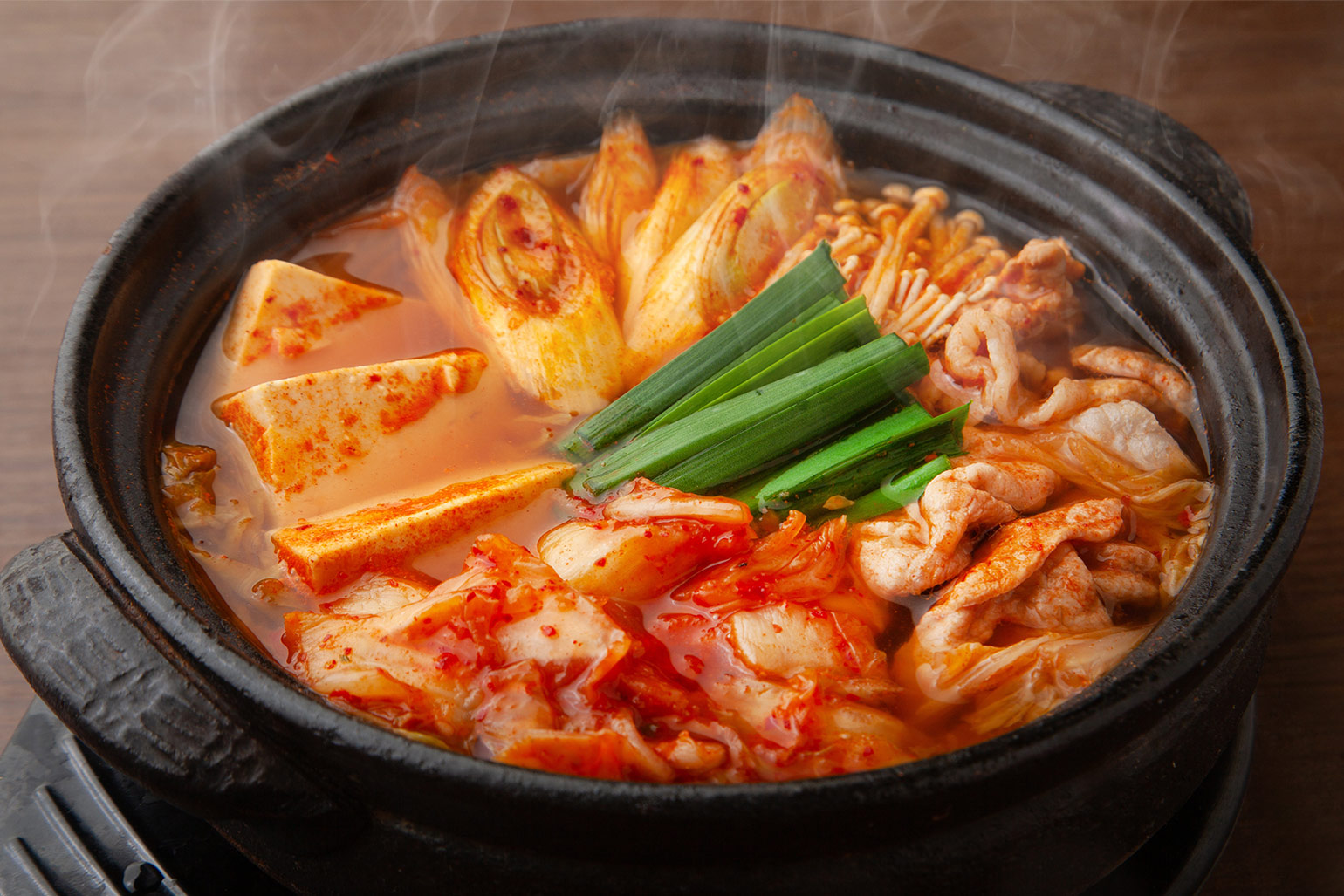
Kimuchi-nabe is a one-pot dish in which kimchi pickles are used as a seasoning. In Japan, kimchi-nabe is a type of yose-nabe or mizutaki with kimchi pickles added, or seasoned with kimchi flavor. It became widely popular in Japan in the late 1990s.
Ingredients:
Kimchi pickles, or any other ingredients as in Yose-nabe and Mizutaki.
Soup:
As in Yose-nabe, kimchi pickles or kimchi seasoning is added to a bonito or kelp broth base. Various types of kimchi soup stock are available on the market.



